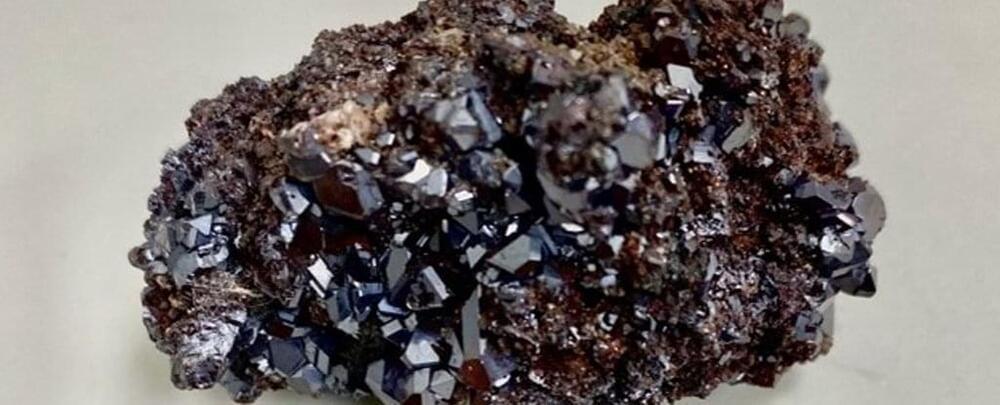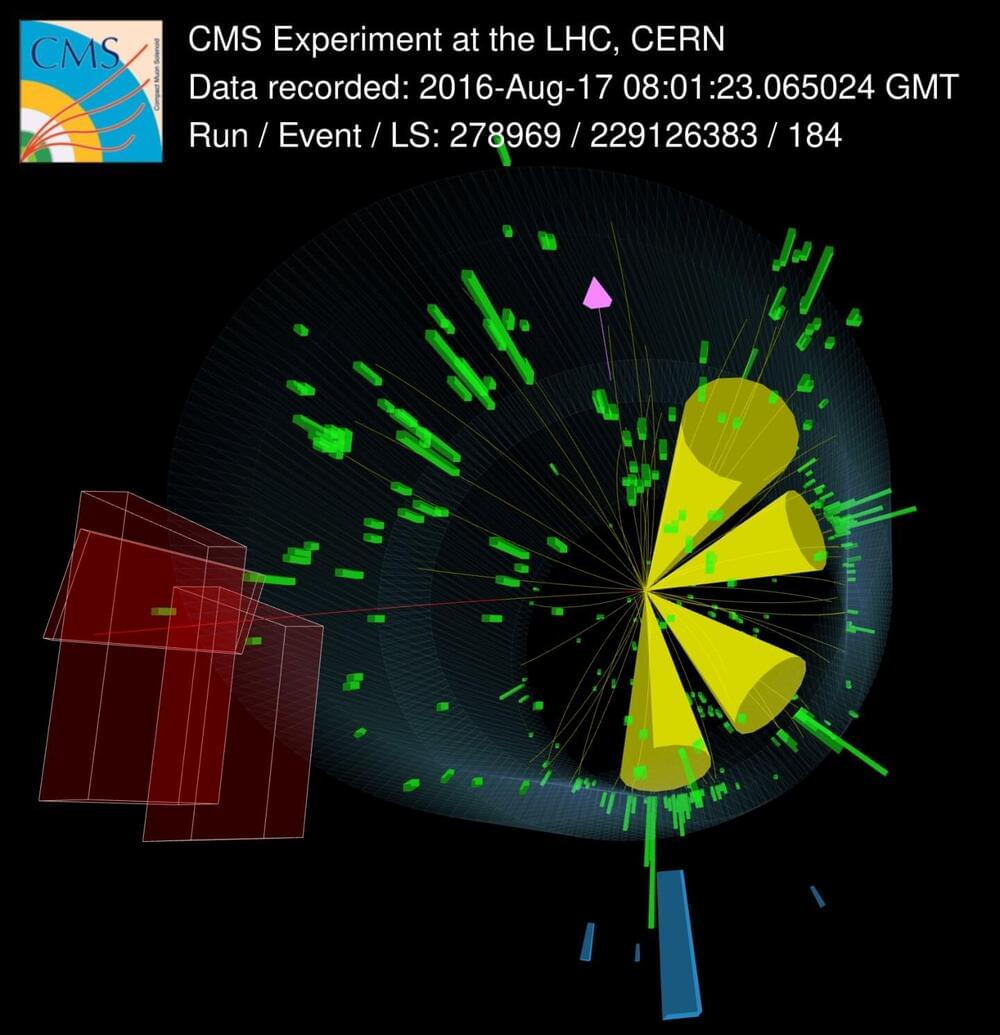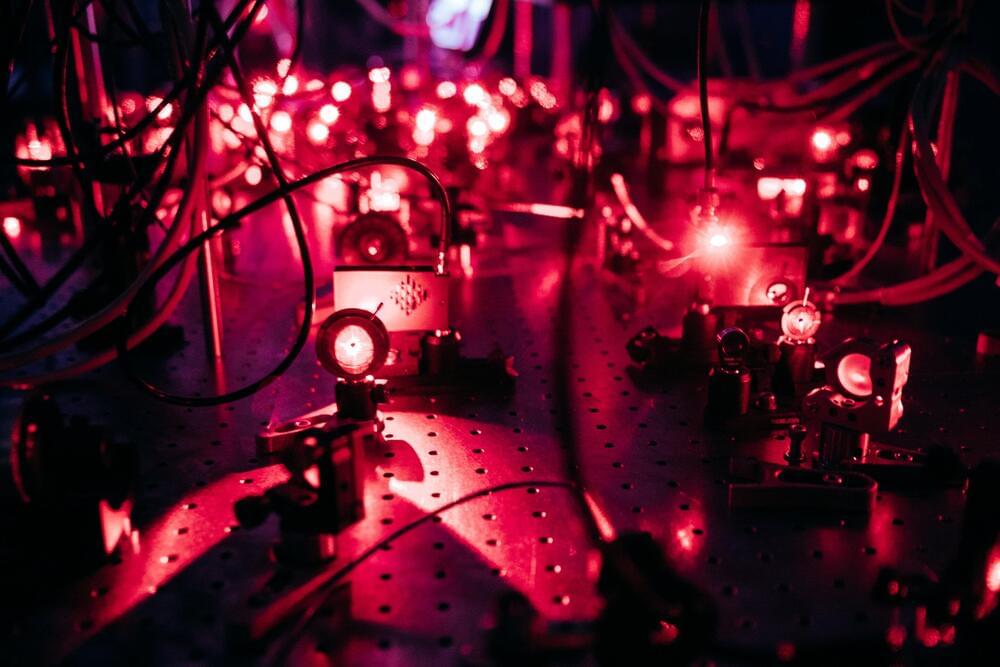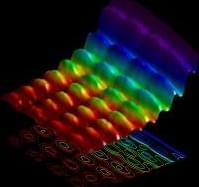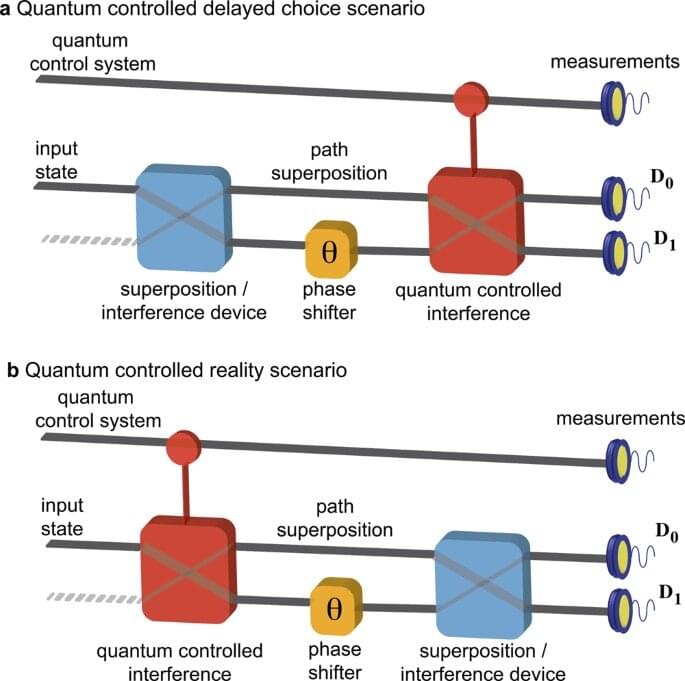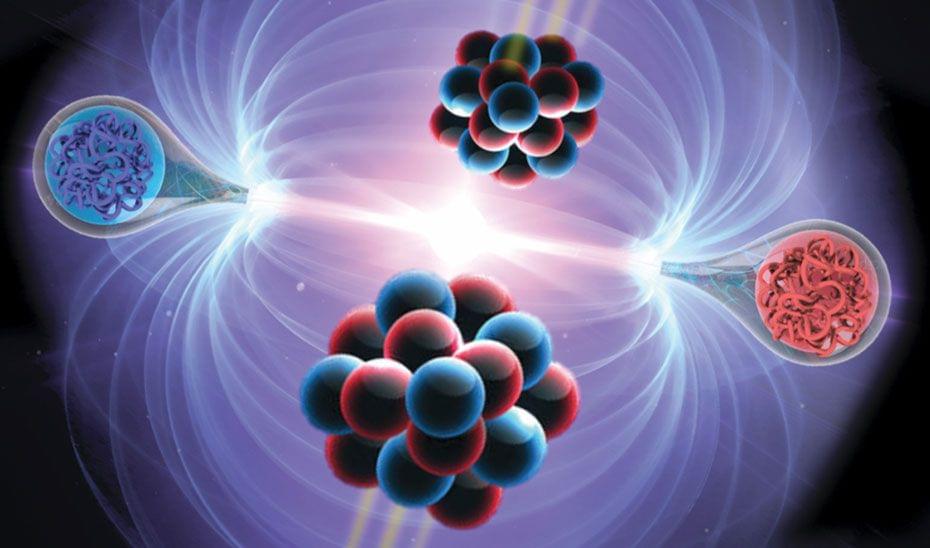Apr 21, 2022
Infrared Multiple Photon Dissociation Spectroscopy Confirms Reversible Water Activation in Mn+(H2O)n, n ≤ 8
Posted by Shubham Ghosh Roy in categories: chemistry, particle physics, quantum physics
Ron FriedmanThink outside the box. Most people don’t need a car for the sake of having a car.
Most people need a comfortable, quick and cheap way of going from A to B. So, Robotaxi could be the ideal solution for most people most of the time.… See more.
Jerry AndersonProbably not, because new batteries that contain other elements, I think they are saying Sulfur-Lithium batteries are more efficient last longer, and don’t require recharging as often… There are bound to be other breakthroughs.
4 Replies.

